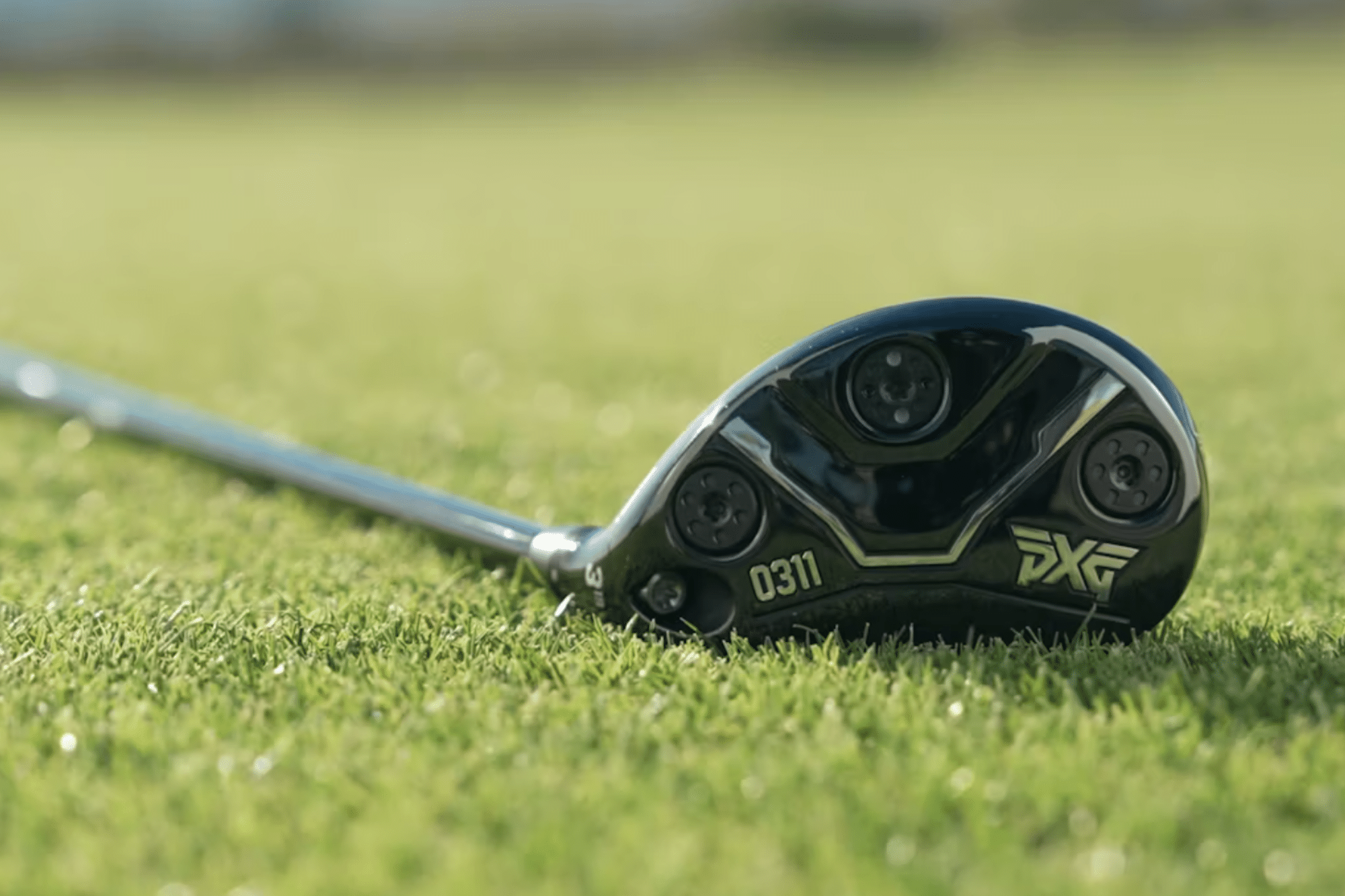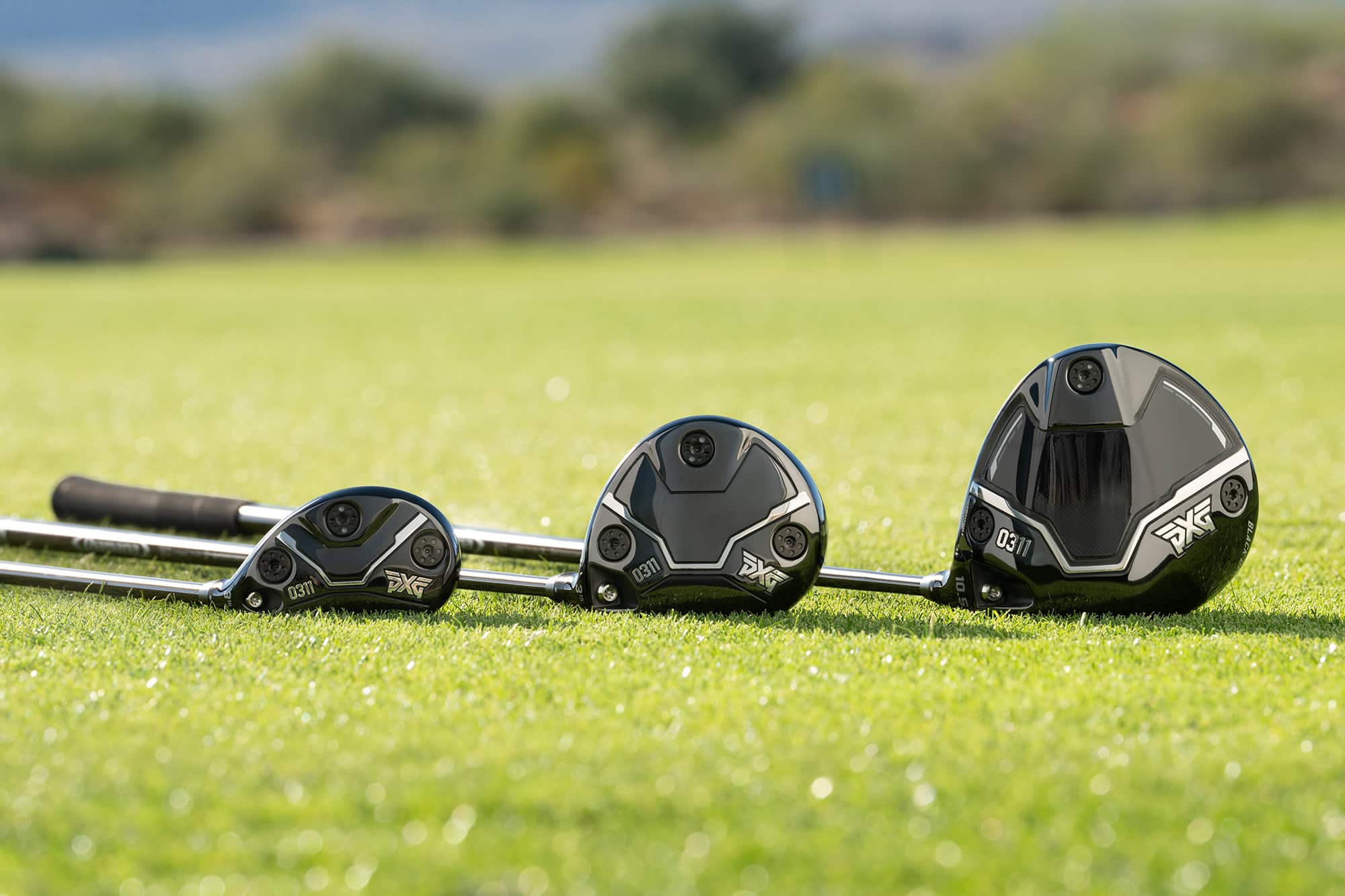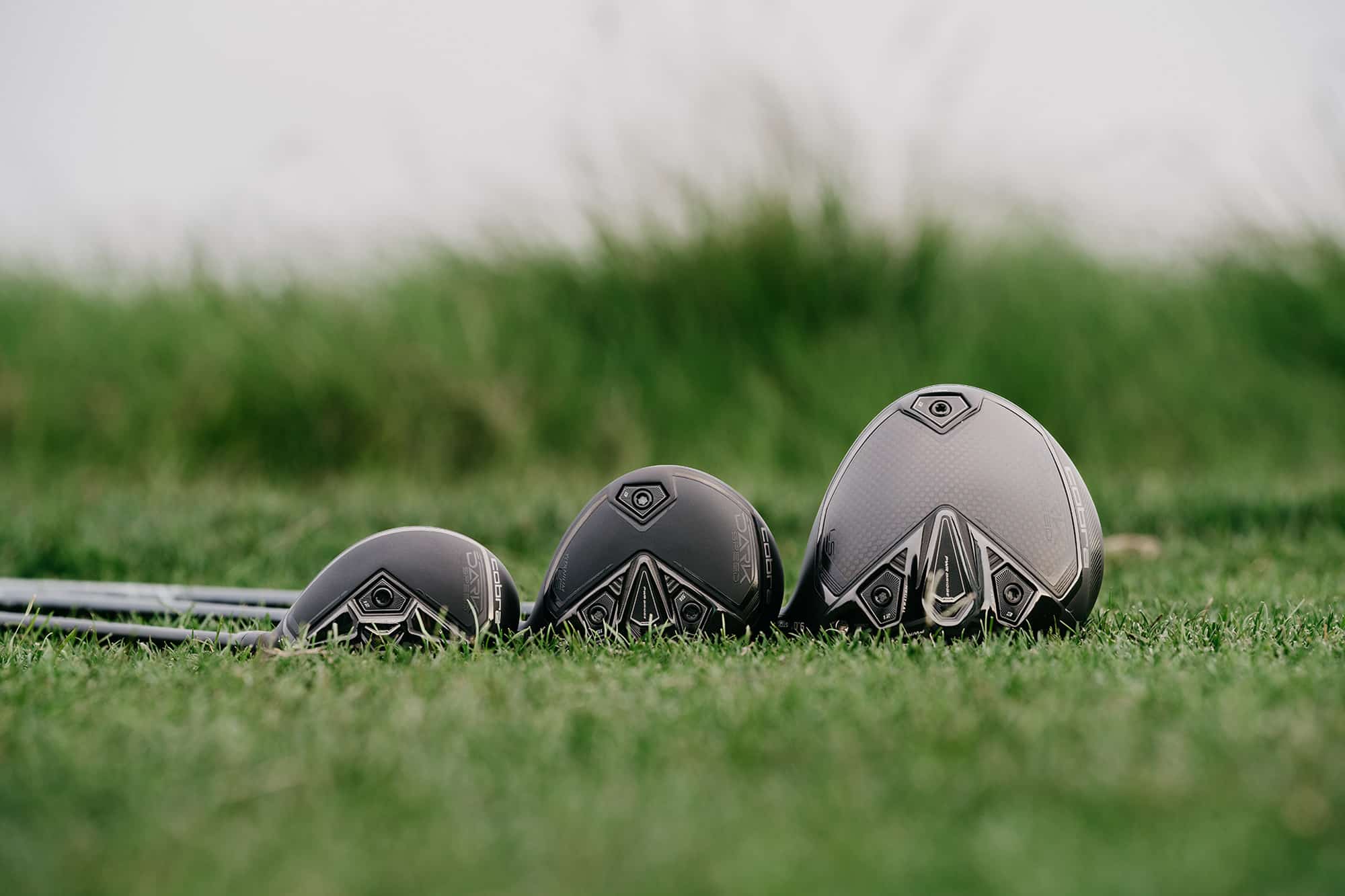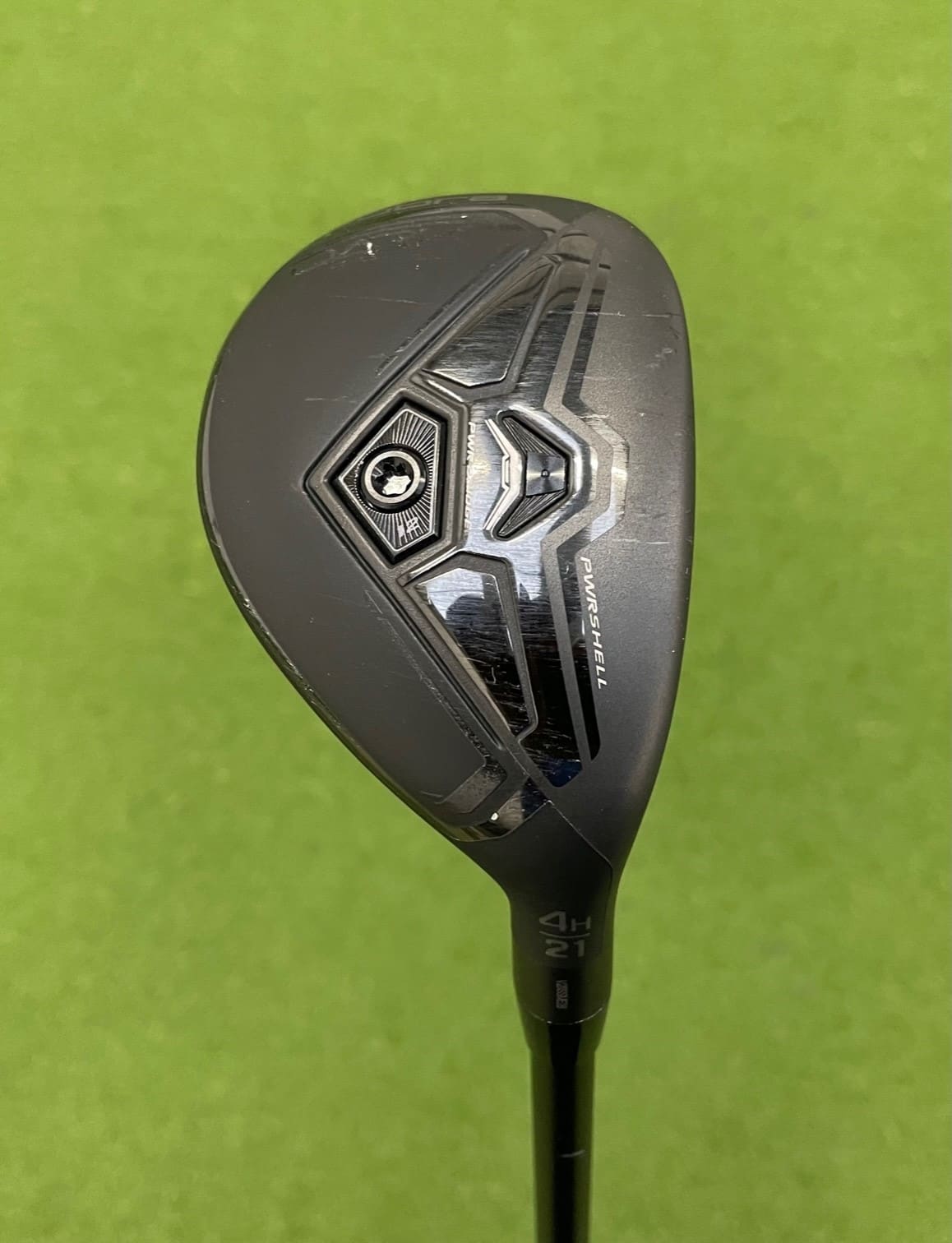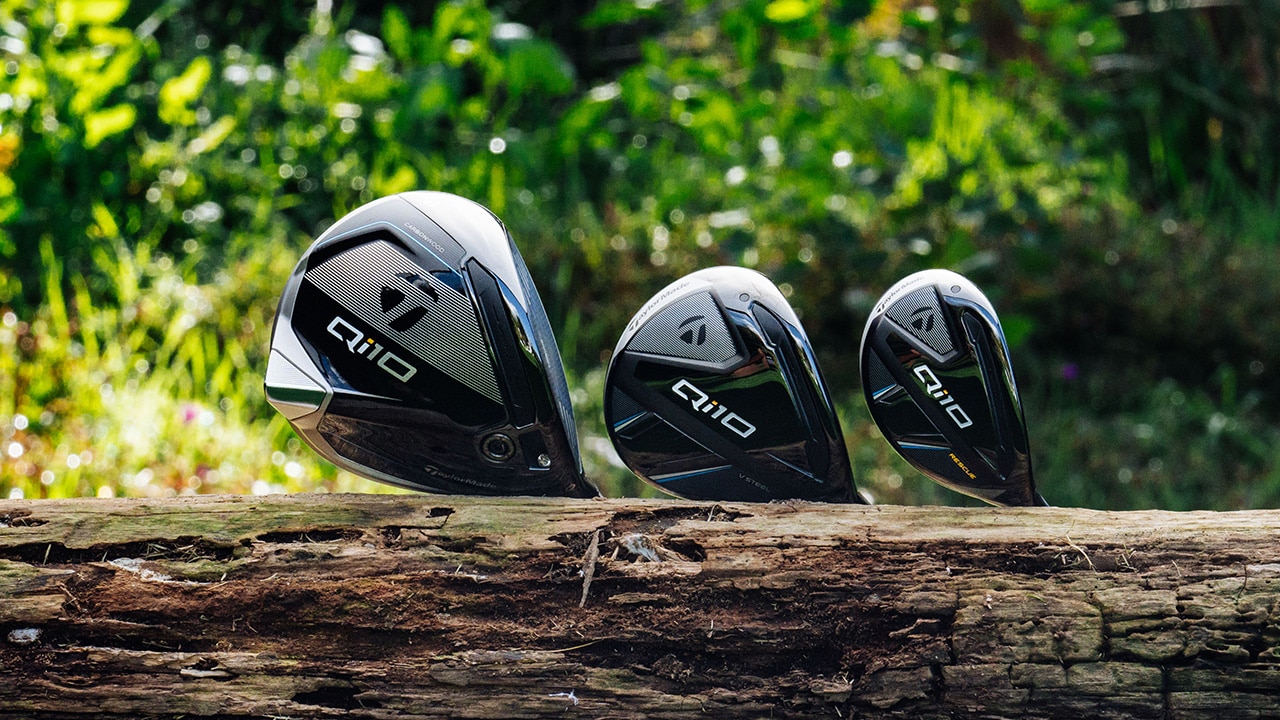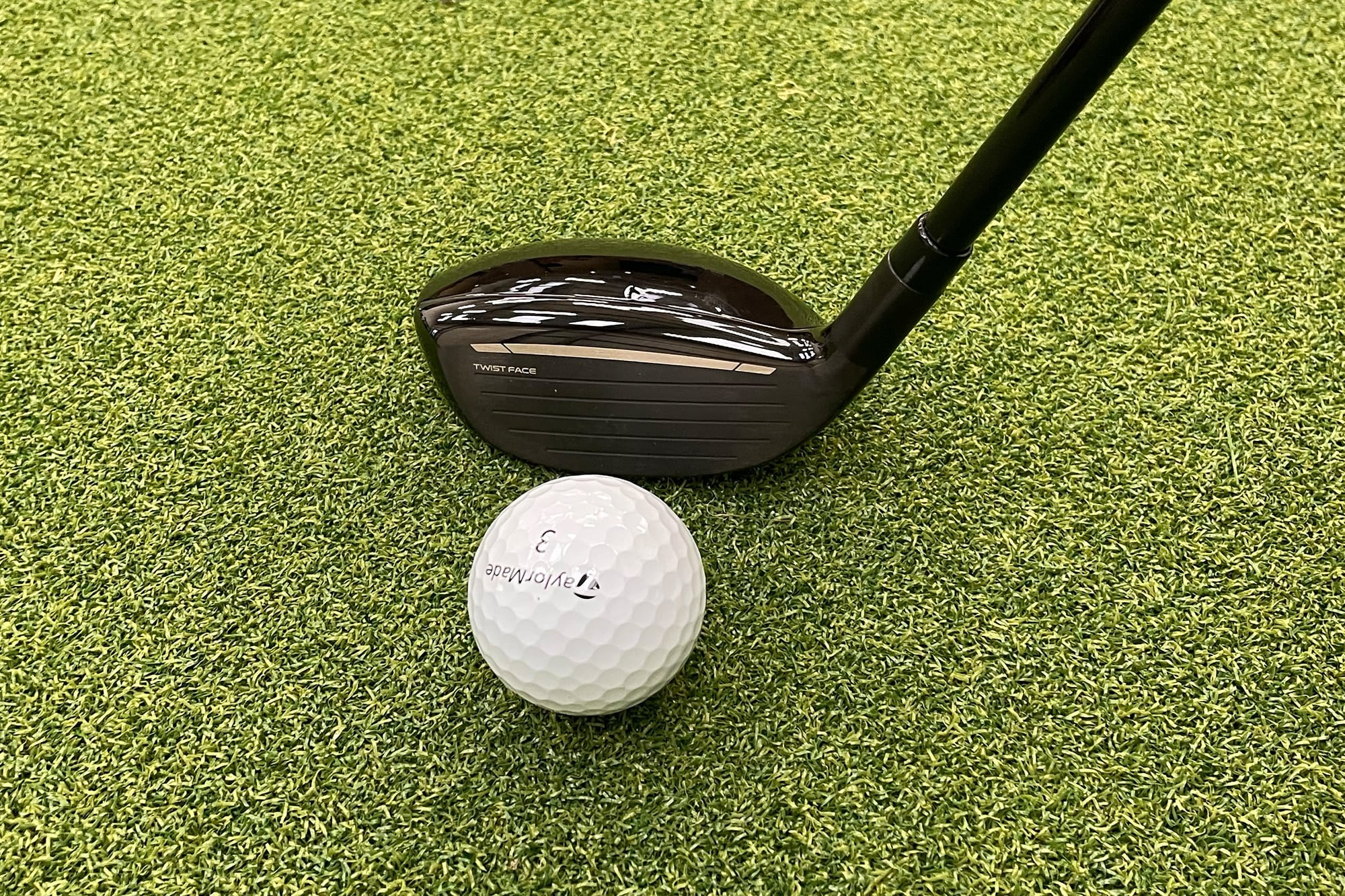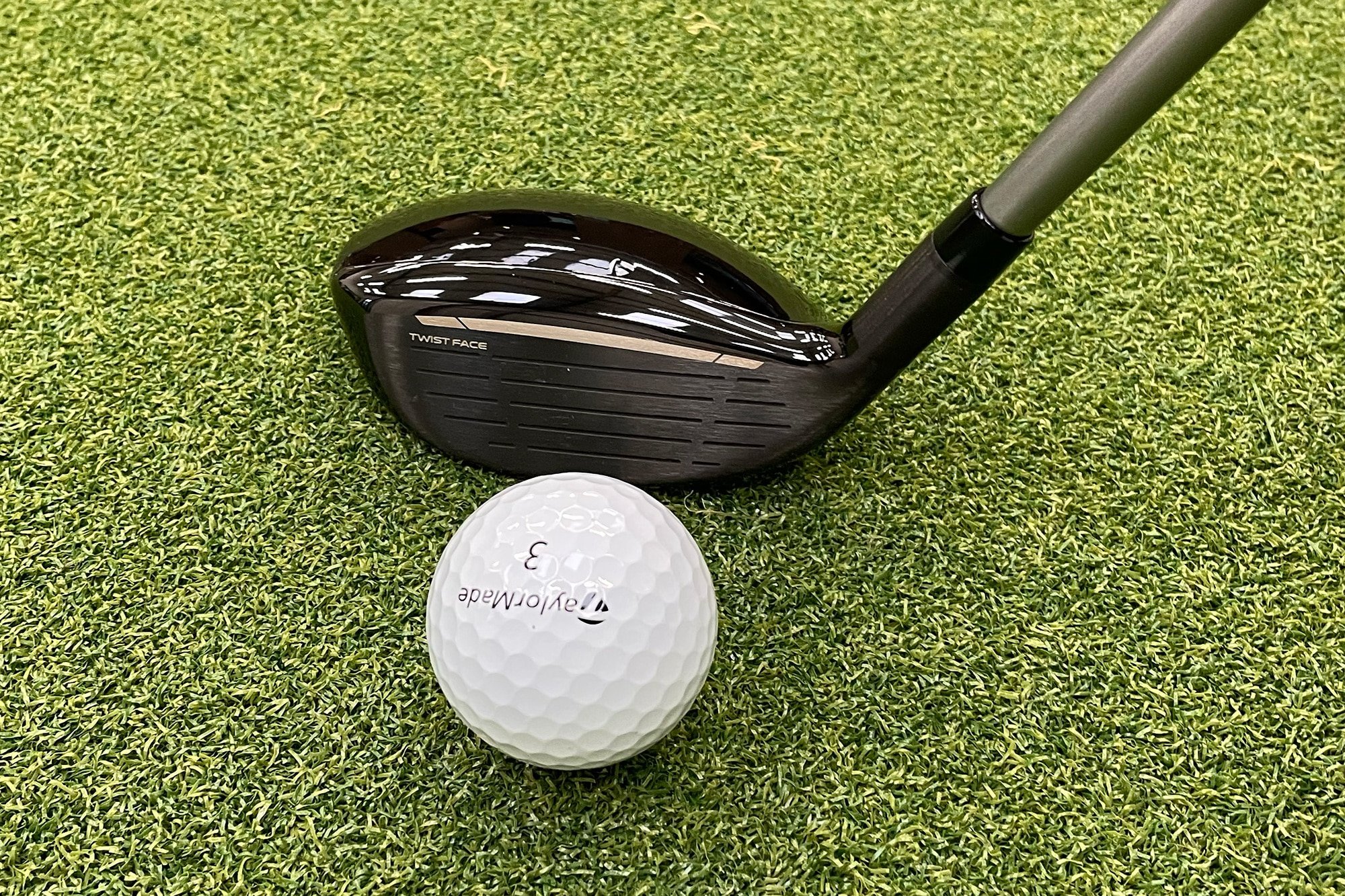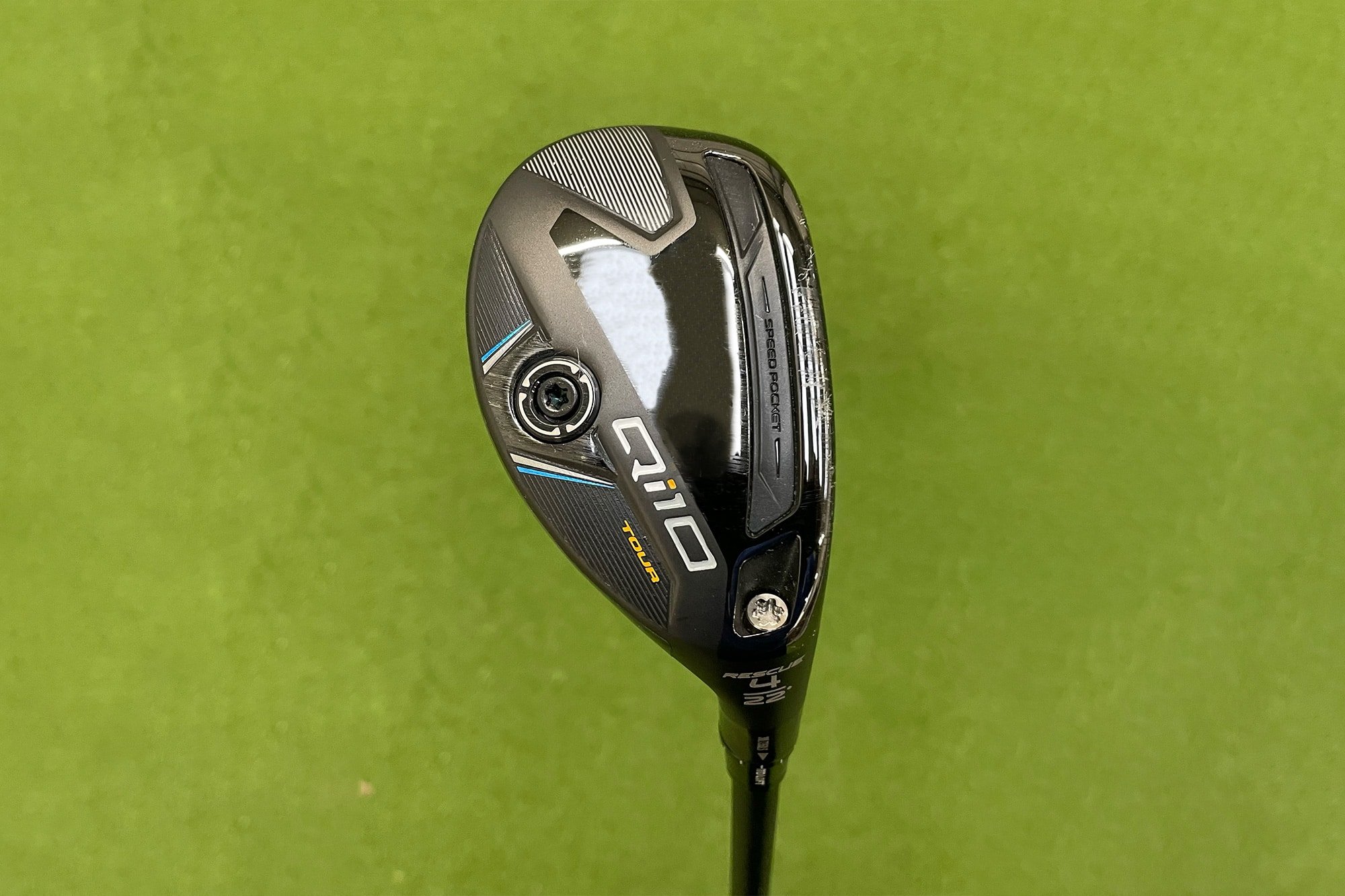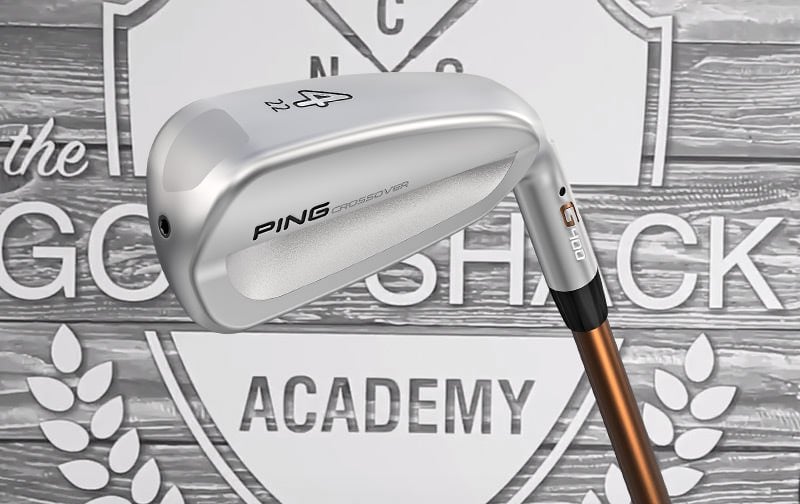
Review: Ping G400 crossover
Our Ping G400 crossover review took place at the Golf Shack at Moor Allerton in Leeds.
The original Ping G crossover was, in Ping’s own words, a bit of a Marmite club. Not because it was dark and sticky but because people either loved it or hated it.
Personally, I loved it. I much preferred it to hitting a long iron and the ball flight for me was better than with a hybrid.
Those who didn’t like the G crossover complained it went a little bit left on them and didn’t fly high enough.
So what have Ping changed with the new G400 crossover?
Ping G400 crossover review: First impressions

Well there’s quite a dramatic change here.
Let’s start with the finish which again sees the use of the hydropearl finish to line-up with the new irons and the Glide wedges. The black finish of the original model is a goner.

To me this gives an appearance which is more like a driving iron although Ping once again have said this is not a driving iron.
There’s also a thinner sole on the G400 compared to the original crossover which Ping say will help it go through the turf better.
My editor Dan Murphy feel this new crossover just looks a bit more like a proper golf club. I personally had no issue with the original look.
Ping G400 Crossover review: The technology

Ping say the new G400 crossover will fly higher with a bit less shape than the original model.
They have reduced the bounce on the sole to make it play more like a hybrid with less dig than an iron.
They’ve added a bit more flex in the face to help get the ball flying a bit higher.
But a lot of effort was focussed on getting the ball flying straighter. Ping say they have taken out some of the gear effect (ball flight curvature depending on strike location).
Robot testing showed the new G400 crossover actually has 45 per cent less shot bend.
We were shown some very interesting data comparing the shot curvature on heel and toe strikes with the new model compared to the original.
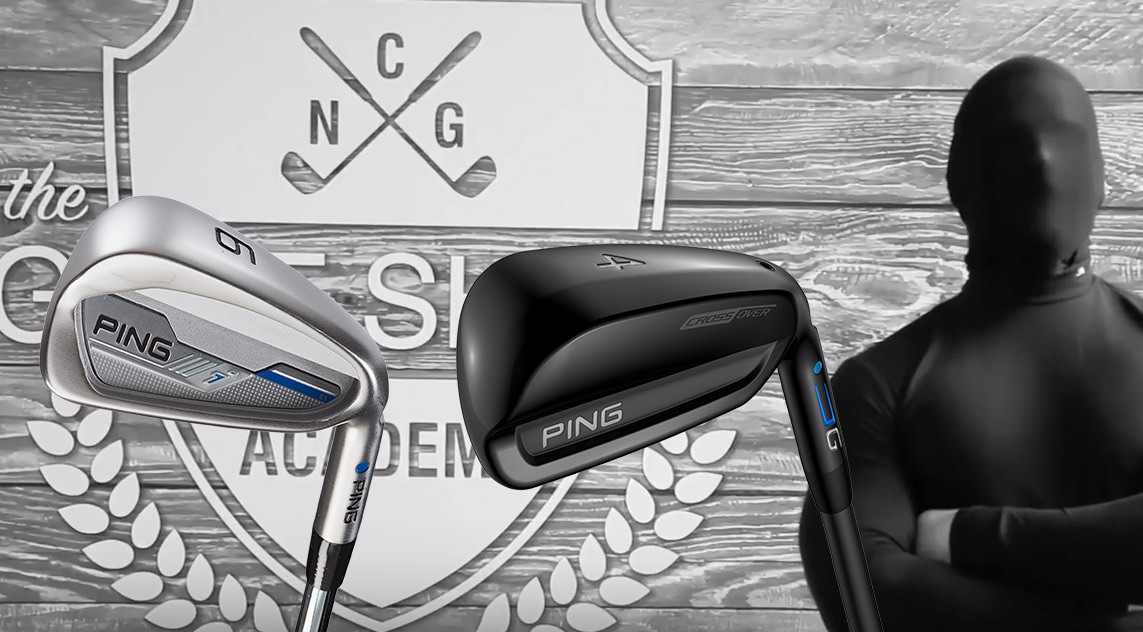
Ping Crossover vs. long iron on-course test
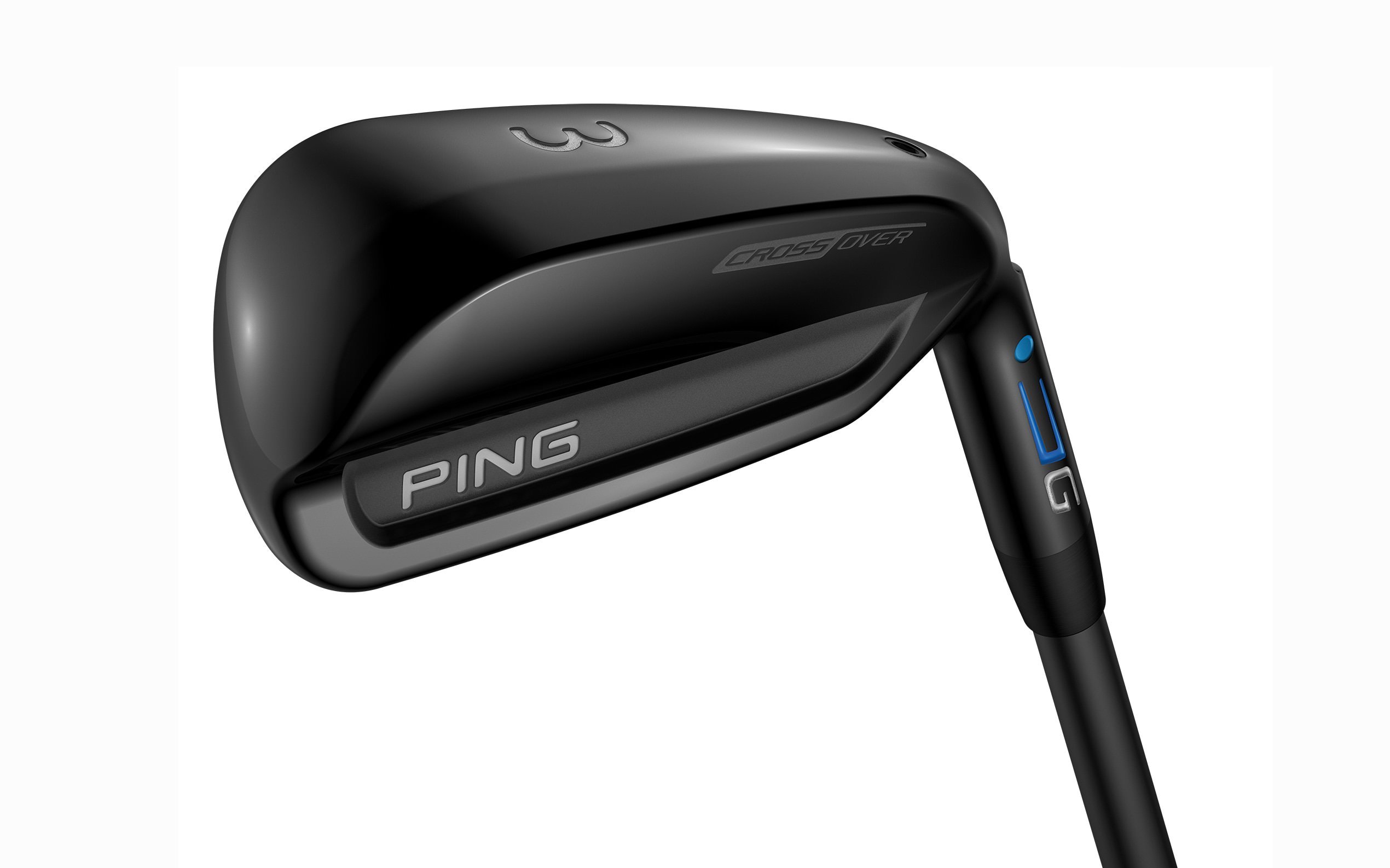
Equipment: Ping Crossover v long iron – big hitter testing

Equipment: Ping G Crossover review
Ping G400 crossover review: The results
There appears to be a bit less offset on the G400 model and to me, it looks a bit bigger from heel to toe.
But you can clearly see there is a bit less bulk on the sole.
The sound and feel are a massive improvement on the original model. It just feels a bit softer and less harsh.
I was testing the 4 crossover which has 22˚of loft so is a degree weaker than the original G model.

In terms of distance, it was getting the 180-185 yards of carry which I’m looking for but it did feel a little bit like hard work.
I’m so used to the original crossover and love the fact I can get the ball turning over from right to left with it.
I struggled a bit to do that with the G400 and was hitting more of a high fade. This would result in a softer landing out on the course but I sometimes like to use this club off the tee on a short par-4 or as a second shot on a par-5.
[skylab_video id=”123411″]Ping G400 Crossover review[/skylab_video]
Ping G400 crossover review: NCG verdict
In fairness, this club does what Ping say it is going to do. It flies a bit higher and doesn’t go left as much as the original model.
For those people who weren’t a fan of the first iteration, this could be music to their ears. As someone who already hits it too high and has a tendency to fade the ball, this isn’t exactly what I’m looking for.
But Ping are definitely on to something with this club. It’s easier to hit than a long iron, it has more control than a hybrid – it’s just a bit different and that in itself is cool.
They’ve achieved what they wanted to with this club and that’s a testament to the fantastic engineering which goes into all of Ping’s clubs.
Details
SRP: £200
Lofts: 3 (19˚), 4 (22˚), 5 (25˚)
Shafts: AWT 2.0 (Steel), Alta CB, Ping Tour 173-85
More information can be found on the Ping website.
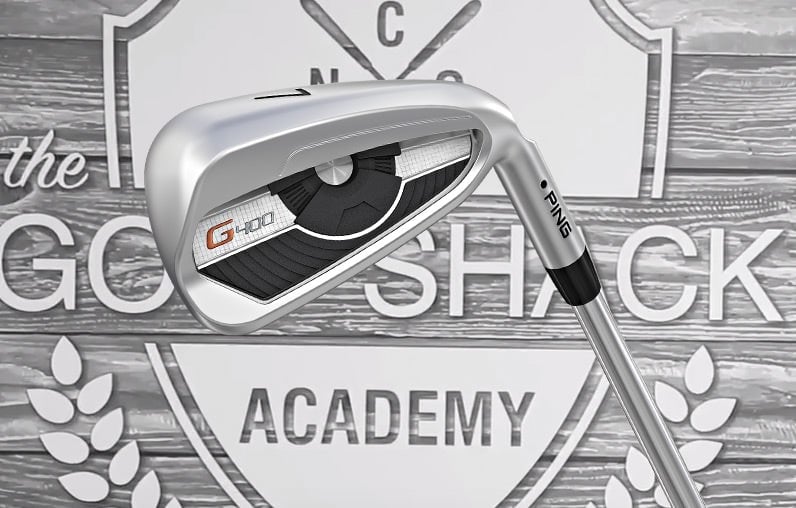
Review: Ping G400 irons
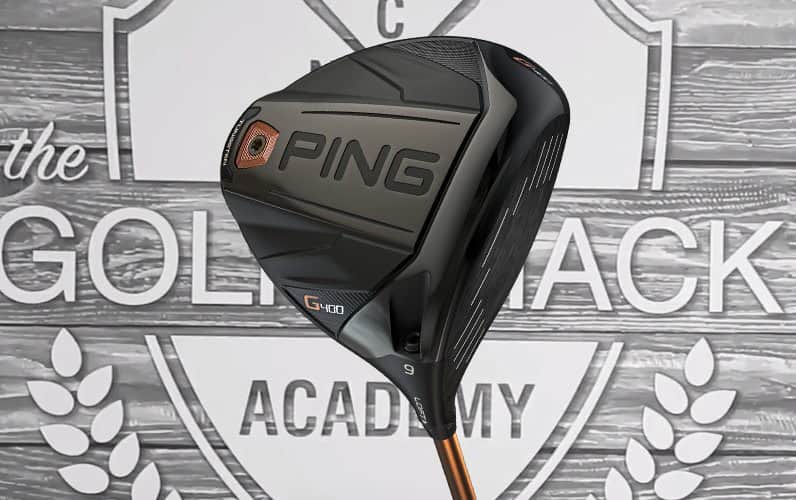
Review: Ping G400 driver

All the Gear: New Ping G400 drivers in play at Erin Hills
James Savage
Former equipment editor of NCG. Inconsistent ball-striker and tea-maker.



